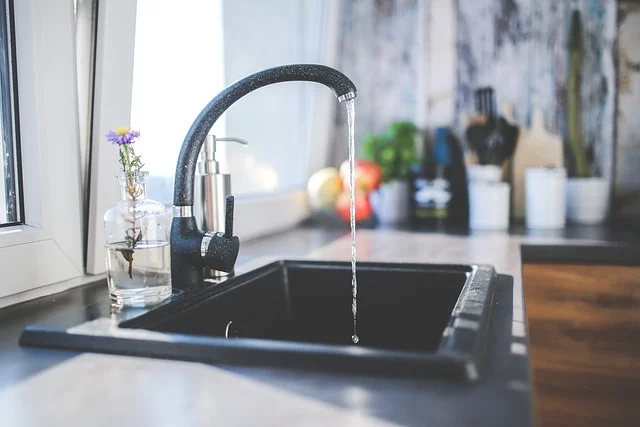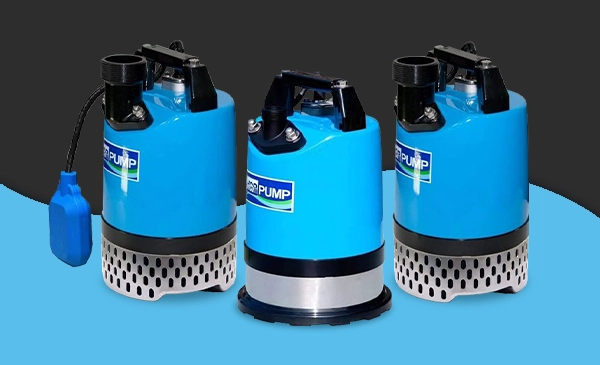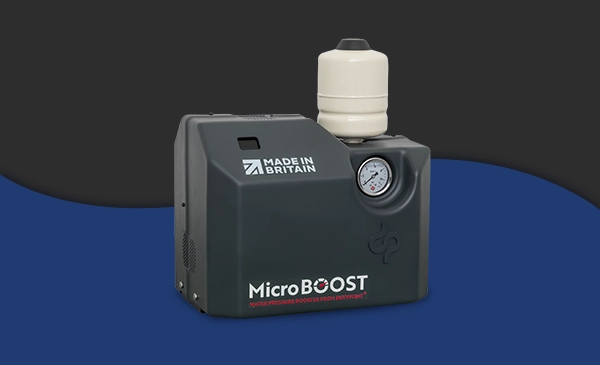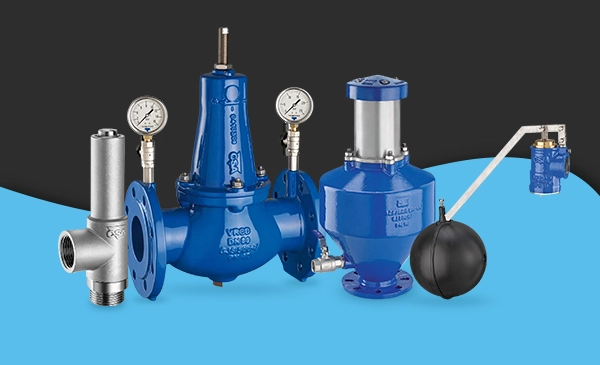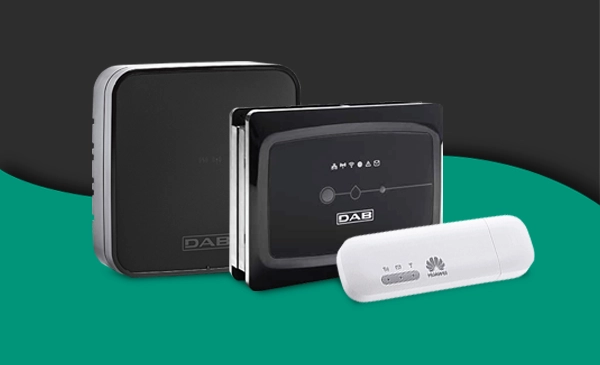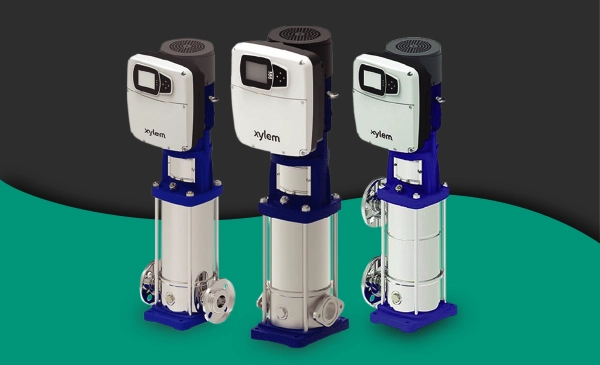The causes of low water pressure and how to fix them
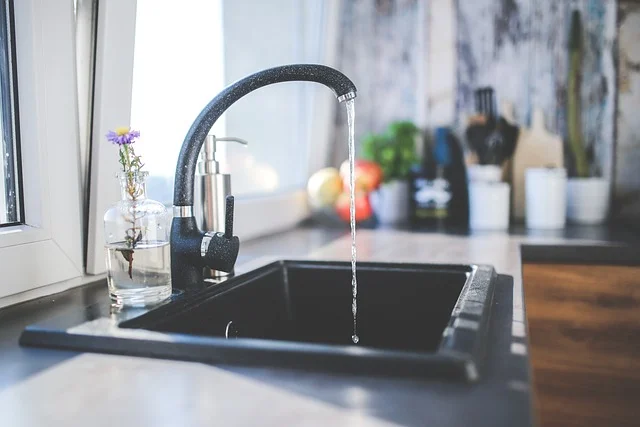
Not everyone has a not everyone has a domestic booster pump to save them from their water pressure woes. If your house is plagued with low water pressure, don’t just struggle on. We know how infuriating it is when the shower drips rather than pours, so we’ve compiled a handy troubleshooting guide to help you identify and eliminate the problem.
Identify the scale of the problem
Low water pressure can be a symptom of many complications, so in order to issue a prognosis it helps to get an understanding of how large the situation is.
Start by checking if your low water pressure is localised to a particular area. Is it restricted to one tap, or just the shower? Is the entire house afflicted? If so, then it may be worth checking in on the neighbours to see if they are also having trouble. This is particularly relevant if you live in an apartment building or block of flats. Be sure to contact your managing agent, maintenance team or local authorities for any information.
If you’re on your own…
Then it may be your internal plumbing that’s at fault. A good way to check this is to see if you’re having problems throughout the house, whether the water still flows freely through your cold kitchen tap. This is because the first point of entry for the main water supply into your home is usually via the kitchen tap.
If the weather has been especially cold, check if the pipes have frozen over or suffered damage. The cold can sometimes expand or even burst pipes. Fortunately, this sort of damage should be easily recognisable.
The worst case scenario for low water pressure can stem from old and aging pipes that are too corroded or riddled with scale to function properly. If this is the case, if your plumbing is particularly old, then you may need to replace the entire system – which, we are afraid, is a costly and time-consuming process. If it’s worst case scenario for you, shop around carefully to minimise expense.
Check your supply valve and pressure regulator
Most houses have a main supply valve, and this is usually found where the cold-water pipe feeds into the house. It could be that this valve has somehow closed. If this is the case, open it. Supply valves are usually accompanied by a water pressure regulator that may also need correcting, though this can be quite technical and is usually a job for the plumber.
Consider a Grundfos home booster pump
Anyone who has read our essential plumping tips will know that booster pumps operate in an essential niche that makes for happy and healthy plumbing, and that they act as a quick and cost-effective solution. They are important if you seriously want to increase the volume and output of water into your system, and are relatively easy to attach to the mains.
If you are not convinced the domoboost range of home booster pumps are the right choice for you then contact our sales team today! There are a multitude of different sets depending on the needs and wants of your home plumbing system.




